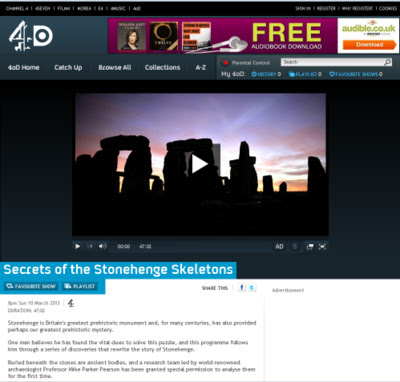Beauty in all things

I just read an interesting blog post by Professor Stephanie Moser at the University of Southampton, commenting on the recent Guardian art blog by Jonathan Jones , where he suggest that archaeologists should emphasise the 'thrilling' and 'beautiful' attributes of the subject to popularise their research. Professor Moser's discusses the important issue of balancing scientific rigour with providing cultural enlightenment. I wholeheartedly agree that we should promote our research beyond academia, but as Moser also concludes, I am not sure about focusing on the intrinsic beauty of objects to do so. Objects certainly can be beautiful, and I appreciate them as much as anyone, but without context that's all they are, beautiful, but pointless. It is the analysis and interpretation of objects (conducted with scientific rigour) that gives them meaning. Even if that is just to marvel at the technological skill that went into creating the object - even the most simple of st...




